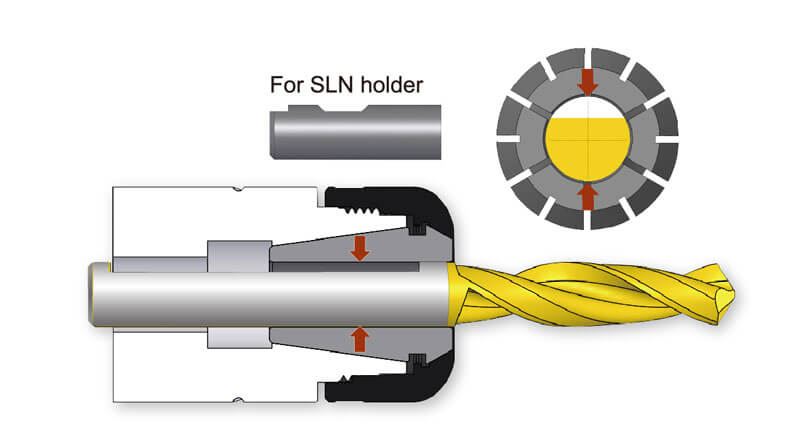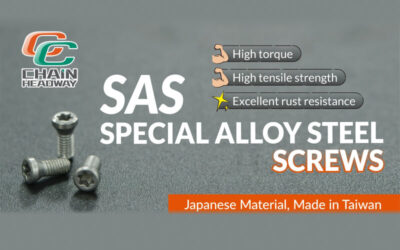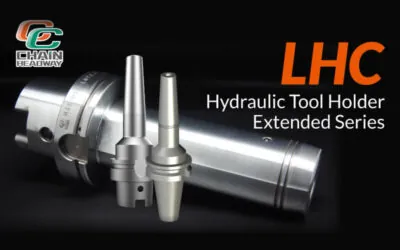Treat your collet chuck with care and you will be able to make very precise cuts.
What are the four key features of collets?
Collets are the best choice for clamping tools for precision machining. They have four specific features that make them different from standard chucks.
1. Collets fit securely like a sleeve around the tool shank
A collet is a cylindrical sleeve used to make a collar around a cutting tool that can be squeezed onto the tool to hold it in position. Collets are usually manufactured from spring steel. When you insert a tool into the collet, the collet expands uniformly to hold the tool very securely in place.
2. They are very good for holding a tool centrally
They are used to hold a tool in a central position as it rotates. Collets are tapered to apply a very even and strong clamping force on the tool when they are tightened. This centers the tool very accurately, which is ideal for precision cutting.
3. You need different sized collets for different sized tool shanks
Collets can only expand a small amount, so you need different sized collets if you have multiple tool shank sizes. This adds to the cost of tools, so they are usually used for precision work and not in hand drills or other small machines where accuracy is less important.
4. Collet chucks are very good for high speed cutting
Collet chucks are lighter than CNC lathe chucks, which means they have lower rotational inertia. This means they can be started and stopped more rapidly than heavier chucks and require less power to spin at high speeds, making them ideal for high speed cutting and machining uses.
Common Mistakes When Using Collet Chucks
Collet chucks can be damaged by incorrect setting and tightening. When you are mounting a tool in your collet chuck there are three common mistakes that cause damage or inaccurate cutting when using a collet chuck. Here are three simple rules that will keep you from making these mistakes.
1. Tighten the top nut to the correct setting
Don’t tighten the top nut with an extender bar or pipe on a wrench. Always use a torque wrench to ensure that you tighten the nut to the correct setting. Different tool holders, collets and nuts have different torque settings, so check your catalogs and manuals to ensure you get this right. If you over tighten the top nut you can break the collet, the nut or even the tool holder.
It’s very important to ensure that the tool is securely and evenly seated in the collet before tightening it and locking it in. The collet must securely clamp the tool before the wrench is used to lock it. If the tool is locked when the collet is not evenly clamped to the tool the collet will deform and be damaged when you lock the tool.
2. Only fit round shank tools into your collet chuck
Don’t try to fit a cutting tool with a flatted shank into a collet chuck. Flatted shank tools are designed to fit into side lock end mill holders. Collet chucks are designed to apply even pressure to a round tool shank. This ensures perfect center alignment of the tool for high precision. If you fit a flatted shank tool it will not center correctly leading to poor precision, rough cutting or breakages.
3. Keep the cutting edge of the tool outside the collet
Don’t insert cutting edges of tools into the collet. It is very important not to put the tool so far inside the collet that the collet clamps on the cutting edge. This causes problems with alignment accuracy and damage to the collet for two reasons:
- The cutting edges stop the collet from clamping evenly around the tool, reducing accuracy
- Cutting edges are harder than the collet and will damage or break the collet when it is clamped onto them
Chain Headway Cutting Tools
The main business of Chain Headway is in-house design and manufacturing of CNC cutting tools. As a CNC cutting tools manufacturer our experience in designing a wide range of high quality CNC cutting tools makes us experts in tool fitting and adjustment. Please refer to our catalogs for information on our range of tools, or contact us with your specific requirements.







